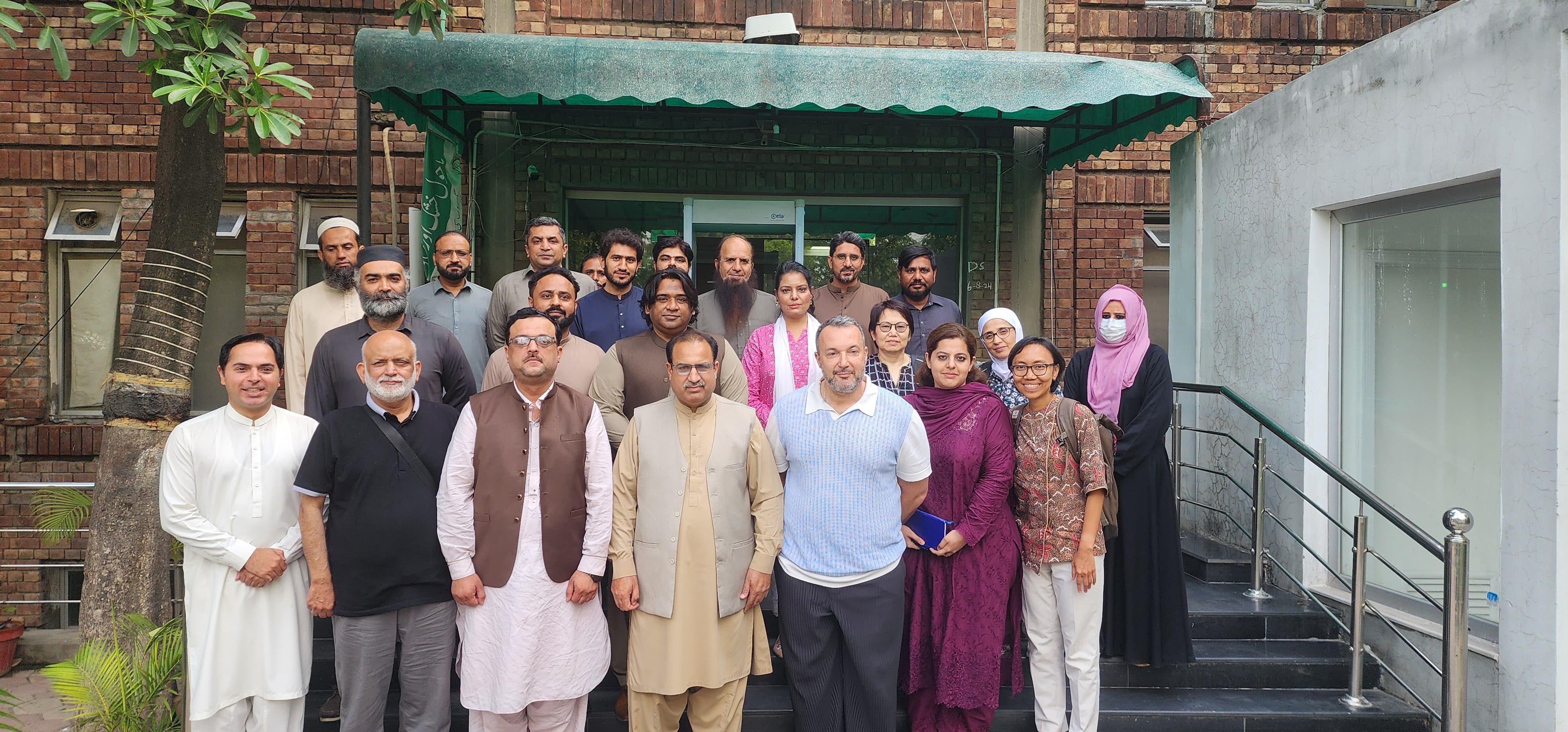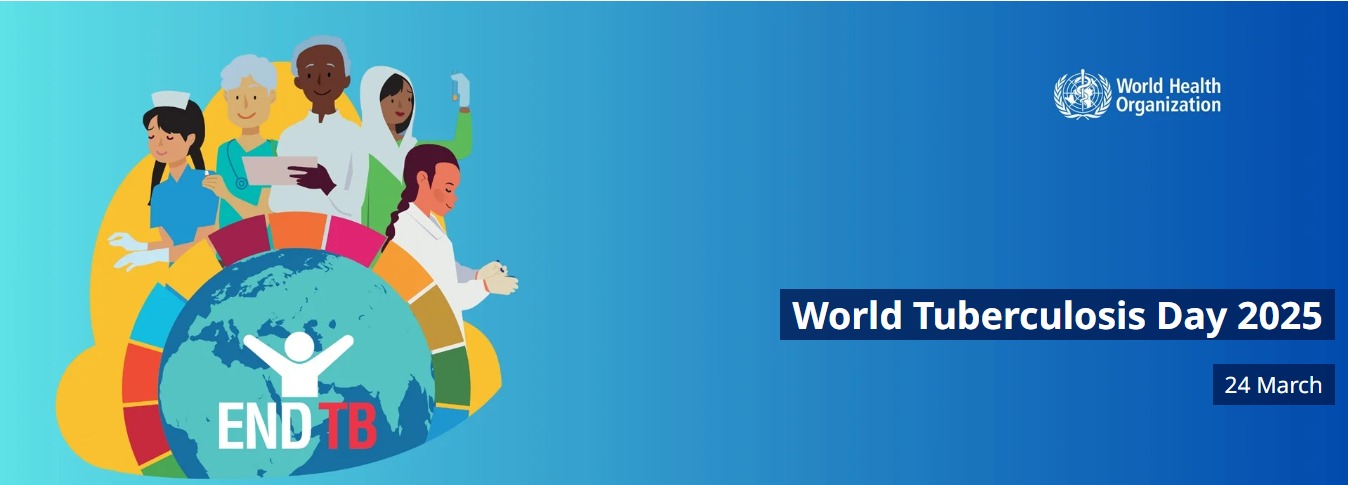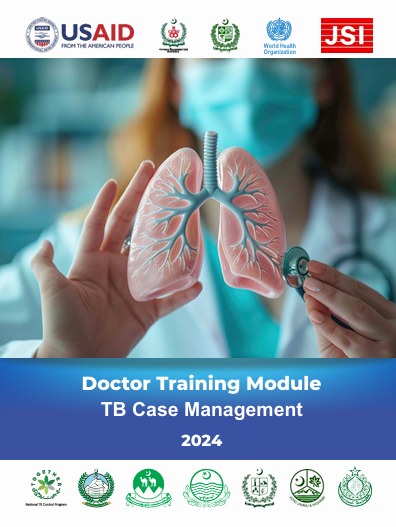INTRODUCTION
Tuberculosis (TB) remains one of the most pressing global health challenges. Despite being preventable and curable, it is the second leading infectious cause of death worldwide, after COVID-19, and nearly doubles the mortality caused by HIV/AIDS. The Global Tuberculosis Report 2023, released by the World Health Organization (WHO), provides an in-depth analysis of the TB epidemic, reflecting both progress and ongoing challenges in the fight against this ancient disease. This article delves into the global TB situation as highlighted in the report and shifts focus to Pakistan, a high-burden country striving to meet ambitious targets to end TB by 2030.

GLOBAL TB REPORT 2023
Global TB Landscape in 2023
1. Global Disease Burden
In 2022, approximately 10.6 million people developed TB globally, reflecting an increase from 10.3 million cases in 2021. The resurgence in cases post-COVID-19 highlights the significant backlog caused by the pandemic’s disruption to health services. Key figures from the report include:
- 1.3 million deaths among HIV-negative individuals.
- An additional 167,000 deaths among people living with HIV, officially classified under HIV-related mortality.
- TB incidence rate stood at 133 cases per 100,000 population in 2022.

END TB STRATEGY
2. Recovery from COVID-19 Disruptions
The number of newly diagnosed and treated TB cases rebounded to 7.5 million in 2022, surpassing the pre-pandemic peak of 7.1 million in 2019. However, setbacks during the pandemic have underscored the need for resilient health systems capable of withstanding future emergencies.
3. High-Burden Countries
Thirty countries, identified as high TB burden nations, account for 87% of global TB cases. Eight countries dominate the global TB caseload, including:
- India (27%)
- Indonesia (10%)
- China (7.1%)
- The Philippines (7.0%)
- Pakistan (5.7%)
- Nigeria (4.5%)
- Bangladesh (3.6%)
- Democratic Republic of Congo (3.0%)
4. Challenges in Multidrug-Resistant TB (MDR-TB)
An estimated 410,000 people developed MDR-TB or rifampicin-resistant TB (RR-TB) in 2022. However, treatment reached only 175,650 individuals, equivalent to 43% of the need. Addressing MDR-TB remains a critical focus area, requiring increased access to WHO-recommended all-oral regimens.
5. Funding Shortfalls
Global funding for TB prevention, diagnosis, and treatment services stood at $5.8 billion in 2022, less than half of the $13 billion annual target set for 2022. Similarly, research funding averaged under $1 billion annually, falling short of the $2 billion target needed to drive innovation in vaccines, diagnostics, and treatment.
Pakistan’s TB Profile in 2023
Burden of Disease
Pakistan ranks among the top five countries contributing to the global TB burden. In 2022, the country accounted for:
- 5.7% of global TB cases, translating to more than 600,000 estimated cases annually.
- Significant prevalence of MDR-TB, which poses additional challenges for treatment and disease control.
The disease disproportionately affects vulnerable groups, including women, children, and people living in poverty, further exacerbating Pakistan’s existing health disparities.
Progress and Challenges
Pakistan has shown resilience in combating TB despite numerous obstacles. In 2022, the country reported a strong recovery in TB case notifications, surpassing pre-COVID levels. However, challenges remain:
- Delayed Diagnosis: Gaps in early detection and reporting hinder timely treatment, contributing to preventable deaths.
- Healthcare Access: Many TB patients face catastrophic costs, which impede treatment adherence and completion.
- Drug Resistance: MDR-TB cases continue to rise, requiring expanded access to advanced diagnostic tools and treatment options.
National Targets
Pakistan has committed to achieving the End TB Strategy milestones, which include:
- 75% reduction in TB deaths by 2025 (compared to the 2015 baseline).
- 50% reduction in TB incidence rates by 2025.
- Zero catastrophic costs for TB-affected households by ensuring financial protection and universal health coverage (UHC).
Key Initiatives to Accelerate Progress
- Strengthening Diagnostic Capacity
- The deployment of GeneXpert machines and mobile X-ray vans has expanded diagnostic coverage across remote and underserved areas.
- Pakistan has also initiated active case finding programs to improve TB case notification rates.
- Innovative Treatment Approaches
- Rollout of shorter, all-oral treatment regimens for MDR-TB to improve patient outcomes.
- Introduction of TB Preventive Therapy (TPT) for high-risk populations, including children under five and people living with HIV.
- Community Engagement
- Collaboration with Lady Health Workers (LHWs) for systematic screening and referral of presumptive TB cases.
- Public awareness campaigns to address TB stigma and encourage early diagnosis.
- Integration with Primary Health Care
- TB services have been integrated with primary healthcare facilities, ensuring better access and continuity of care.
Future Directions
The Global Tuberculosis Report 2023 serves as a clarion call for intensified action at all levels. For Pakistan, the path to a TB-free future hinges on sustained political commitment, adequate funding, and community-centric solutions. To accelerate progress, the country must:
- Expand social protection programs to eliminate catastrophic costs for TB patients.
- Invest in research and innovation, including vaccine development and digital health tools.
- Strengthen multisectoral accountability frameworks, engaging stakeholders from health, finance, and social sectors.
Conclusion
The fight against TB is far from over, but the tools and strategies to end the epidemic are within reach. Pakistan, as a high-burden country, plays a pivotal role in the global response to TB. By translating national commitments into concrete actions, the country can not only achieve its targets but also inspire other nations to follow suit. Together, we can end TB and create a healthier, more equitable world.



0 Comments